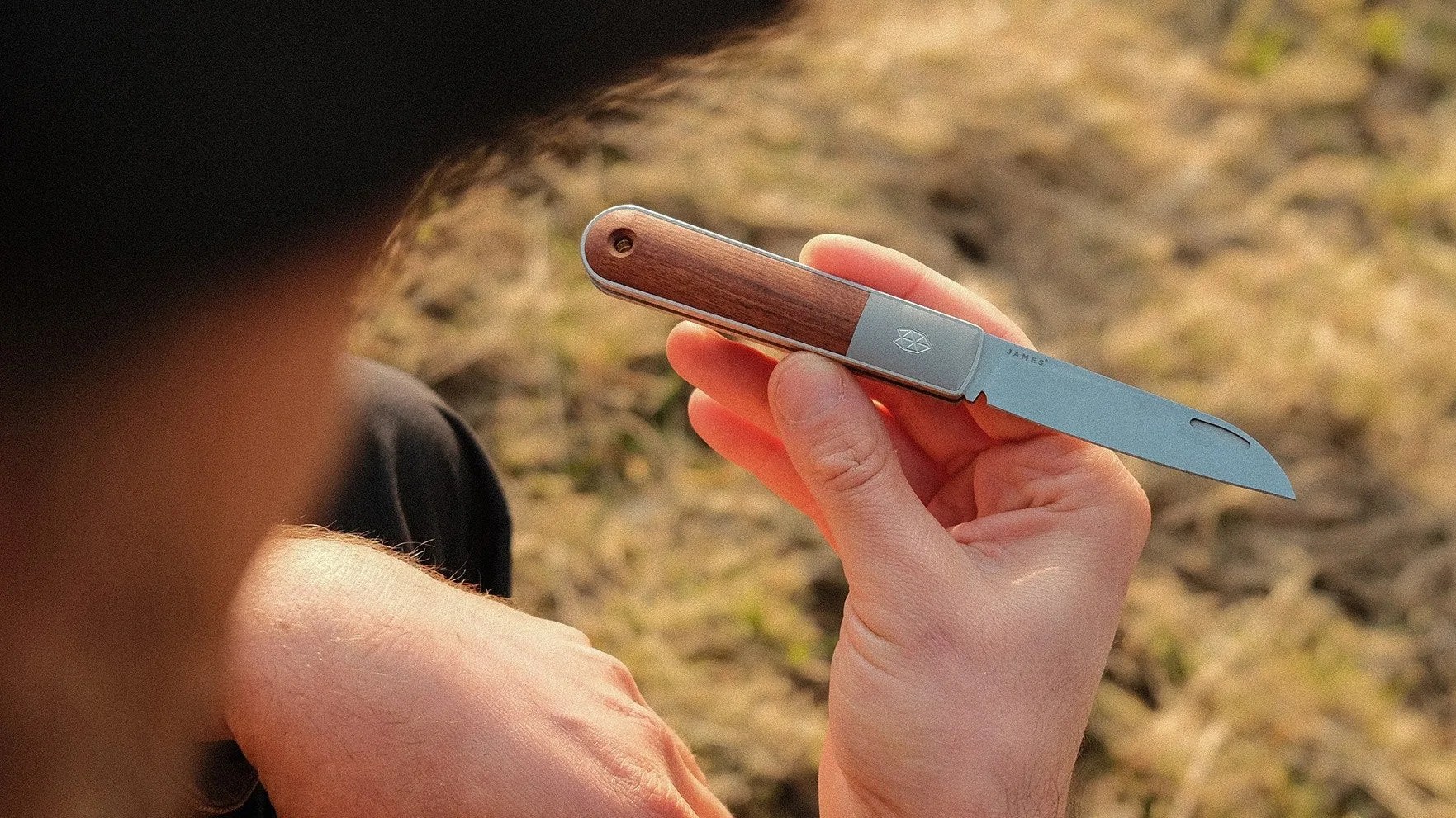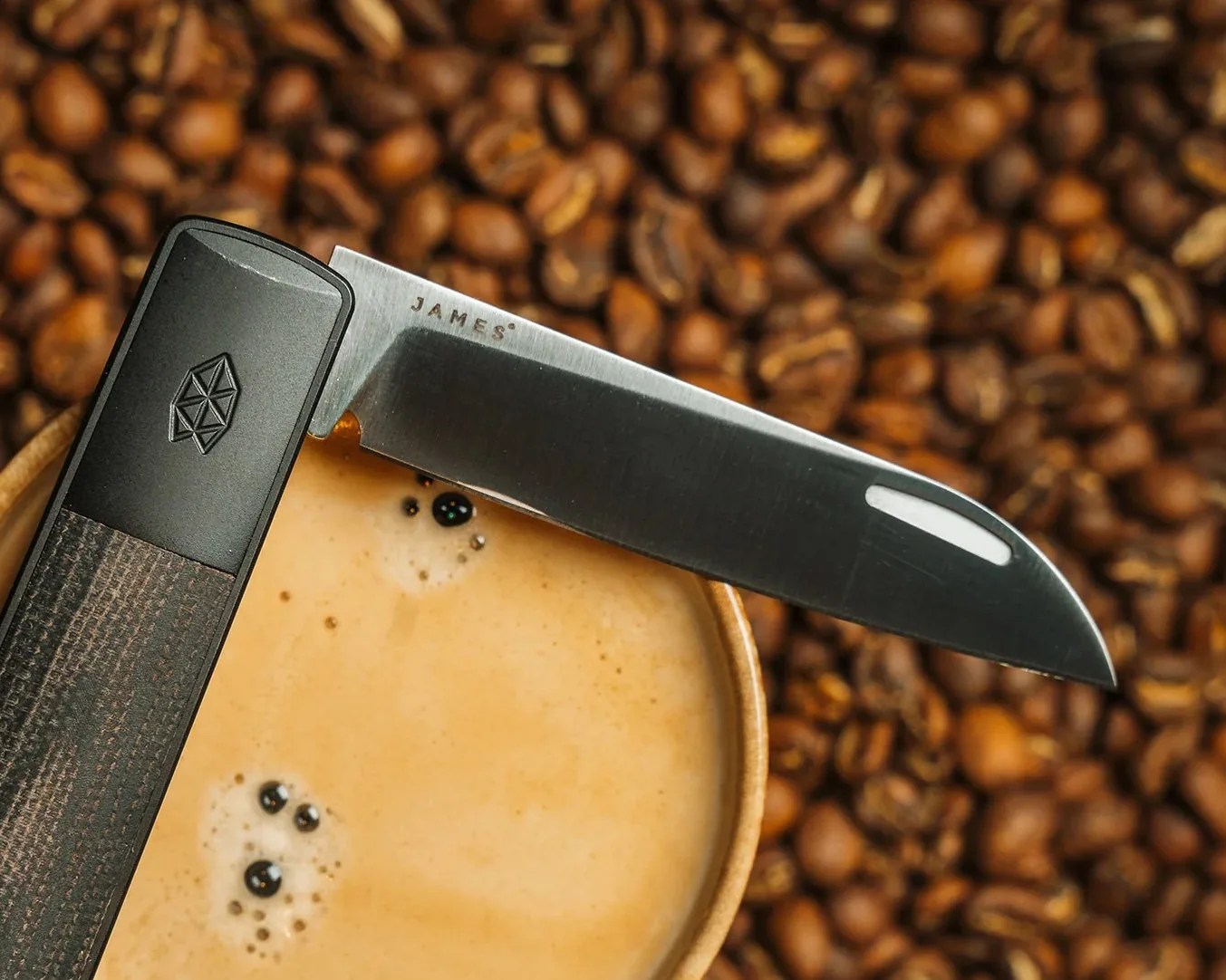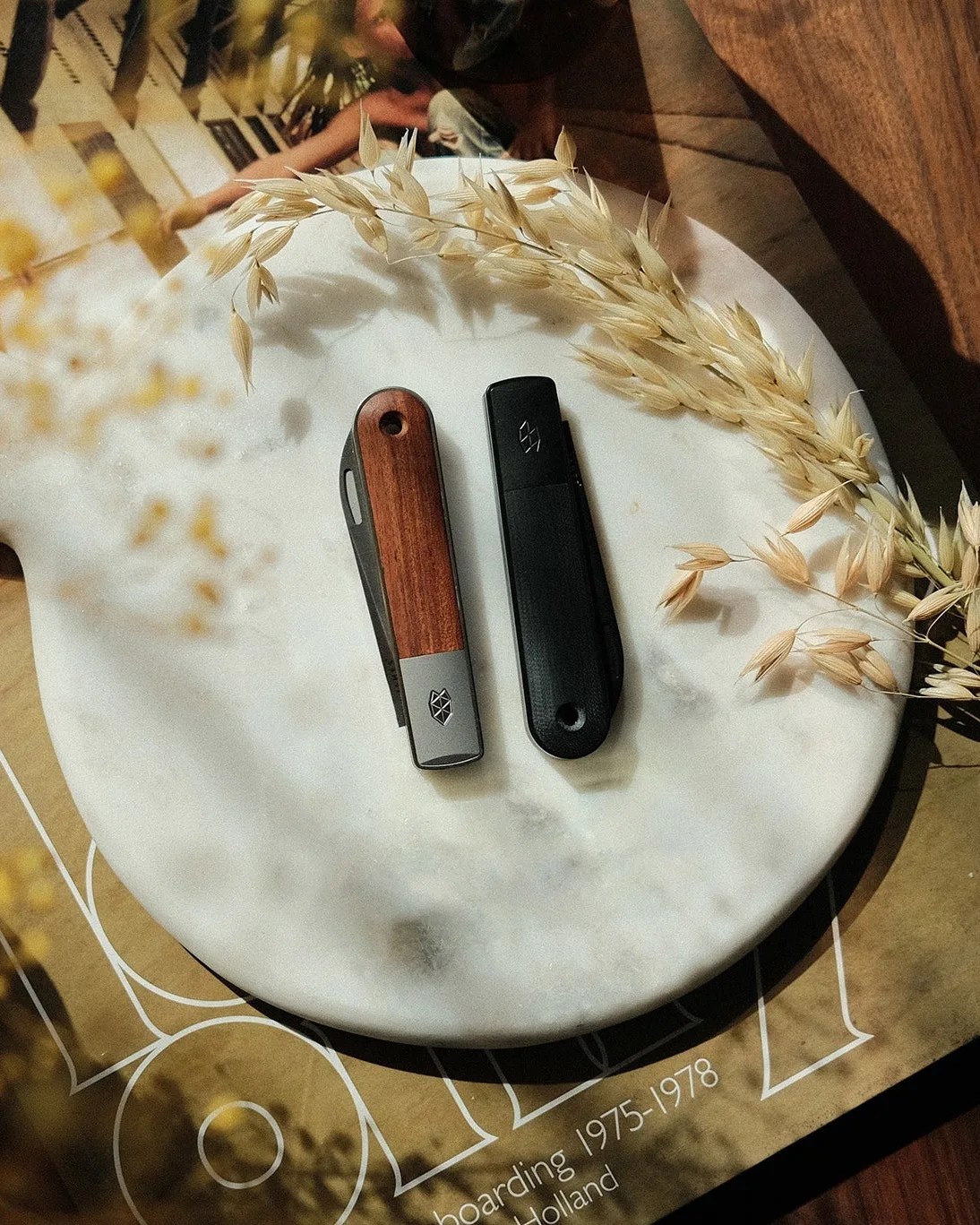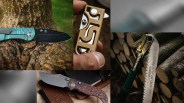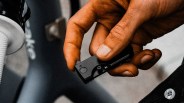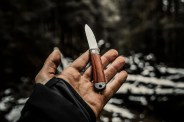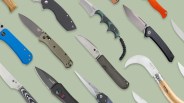Even if you’ve never heard its name, you’ve seen a Barlow knife. Originally devised in 17th century England, the folder took off in the US when the John Russell Manufacturing Company began producing them a century later. Today, it’s considered an American classic.
The original EDC knife
Unlike more intricate knives, the Barlow aimed for simplicity, utility and affordability — it was supposed to be the type of knife a working person could afford and carry, ready to deploy at a moment’s notice.
“It was sort of like the first everyday carry knife,” says The James Brand founder Ryan Coulter.
Coulter should know: The James Brand’s Wayland knife is modern interpretation of a Barlow. The example follows the pattern’s clearly defined characteristics — center-line symmetry that runs through the pivot, a rounded butt and long, well-defined bolster.
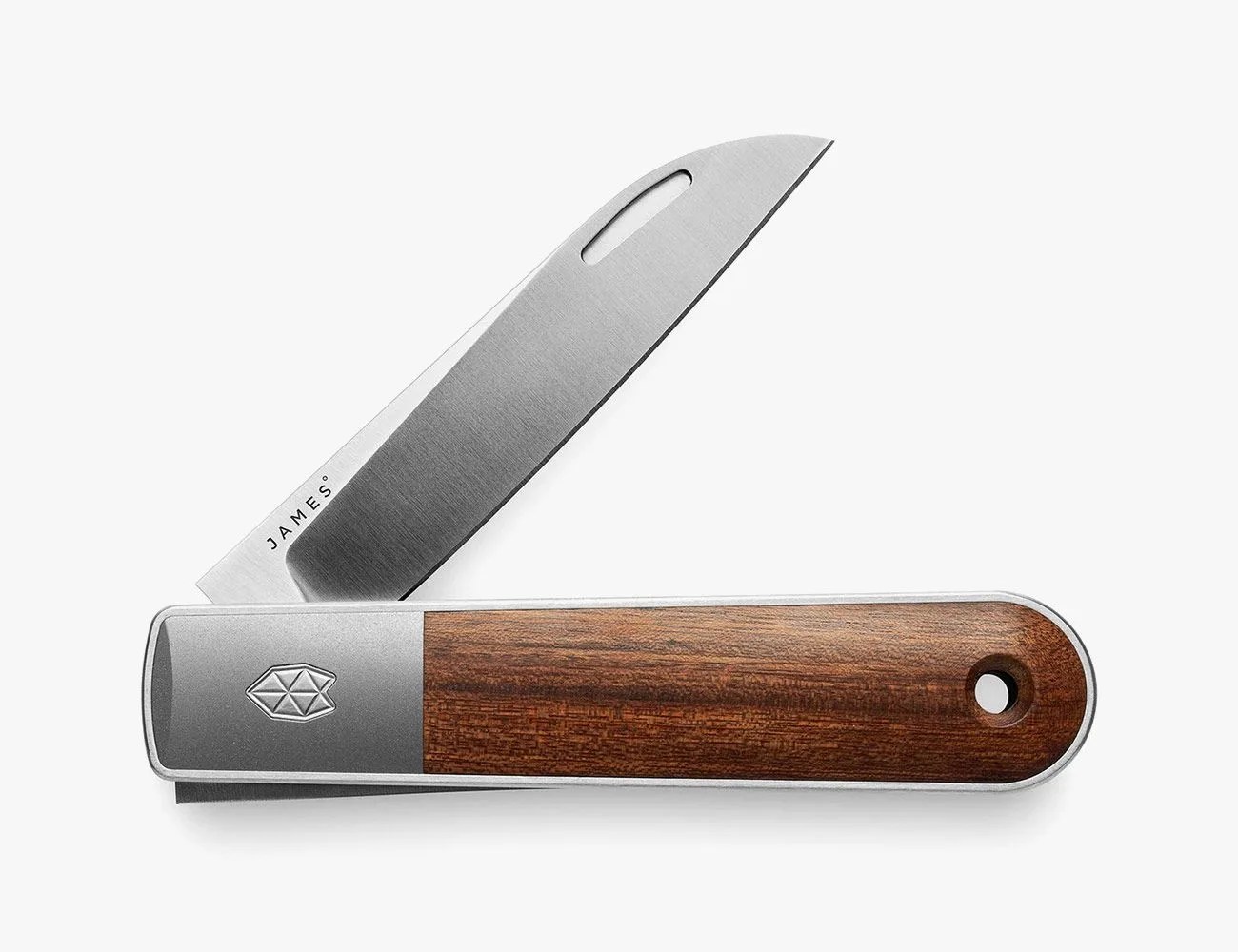 The James Brand
The James BrandEditor's Choice
The James Brand The Wayland
But there are contemporary changes that bring it into the modern era. While most (but not all) Barlow knives have a clip-point blade, the Wayland has a sheepsfoot, a shape that doesn’t have as much of a piercing point.
